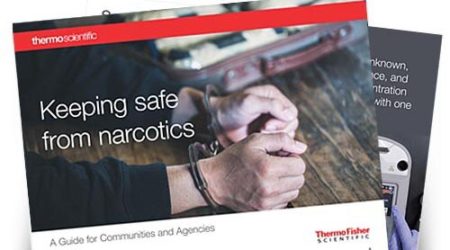 The website managed by the Netherlands Bureau for Tourism and Congresses wants readers and potential visitors to know that all drugs are forbidden in the Netherlands. It is illegal to produce, possess, sell, import and export drugs. According to the website, the drug policy in the Netherlands aims: to reduce the demand for drugs, the supply of drugs and the risks to drug users, their immediate surroundings and society. The authorities, however, try to focus on the big criminals who profit from drugs and who supply hard drugs.
The website managed by the Netherlands Bureau for Tourism and Congresses wants readers and potential visitors to know that all drugs are forbidden in the Netherlands. It is illegal to produce, possess, sell, import and export drugs. According to the website, the drug policy in the Netherlands aims: to reduce the demand for drugs, the supply of drugs and the risks to drug users, their immediate surroundings and society. The authorities, however, try to focus on the big criminals who profit from drugs and who supply hard drugs.
So, when police in the Netherlands came across a husband and wife team acting suspiciously in a van parked at a hotel, they thought something ‘fishy’ was up. The van had license plates from a different country, the couple couldn’t explain why they were in the parking lot, and they had no permanent address.
Upon inspection of the interior of the van, it was found to contain several blue plastic barrels of the type often used to transport innocent products ranging from concentrated fruit juice to fish bait; but they are also known for being used to transport chemicals as well as drugs. But the discovery of a jerry can of acetone among the barrels raised a red flag for police checking out what was originally simply a suspicious vehicle. Jerry cans are containers that are usually used for storing extra gas or water.
The acetone raised a red flag, because it is known to be a raw material for manufacturing the drug known as ‘Ecstasy’. Ecstasy is the street name for a version of MDMA, or 3,4 methylenedioxy-methamphetamine. It is an illegal, synthetic drug classified as a stimulant with potentially hallucinogenic properties. Overdosing on ecstasy can cause seizures, foaming at the mouth and a spike in body temperature. These can cause heatstroke or aggravate an underlying heart condition, both of which can prove to be fatal.
After closing off the parking lot, the police used handheld narcotics analyzers to identify the unknown substances in the barrels. These analyzers utilize the well-established analytical technique called Raman spectroscopy – which can identify most key drugs of abuse as well as common cutting agents, precursors and emerging threats such as methamphetamine, fentanyl, numerous fentanyl compounds including carfentanil, common street fentanyl analogs, pharmaceutical variants as well as the fentanyl precursors, NPP and ANPP.
Using this handheld narcotics analysis technology, one can scan directly through plastic or glass for most samples to minimize contamination, reduce exposure and preserve evidence. An officer can scan a sample and receive the result within seconds.
It turns out that there were approximately 25 jerry cans in the van in addition to the number of large blue barrels, and at least one of the jerry cans was filled with acetone, as a quick check with the handheld analyzer indicated.
Possession of the solvent acetone is not illegal in itself but finding such a large quantity of it was a tip-off to the police that it was probably intended for the manufacture of Ecstasy pills. After the investigation by the police with the analyzer, and later upon verification with a Chemical Identification Analyzer, it was confirmed that a total of 400 Liters of Formamide, also known as methanamide, and 1545 liters of Acetone were discovered. These are all substances used to manufacture synthetic drugs, and all were contained in barrels of 200, 60 and 25 liters.
A specialized chemical spill control company from Amsterdam subsequently emptied the van and carefully disposed of the barrels and jerry cans. The van was seized, and the couple were charged. Thanks to quick detection and confirmation of the acetone by narcotics identification technology, literally thousands of potential Ecstasy pills never made it to the streets.
For more information about the case, read the Case Study: Drugs by the Barrel TruNarc as a Tool for Prevention



Leave a Reply